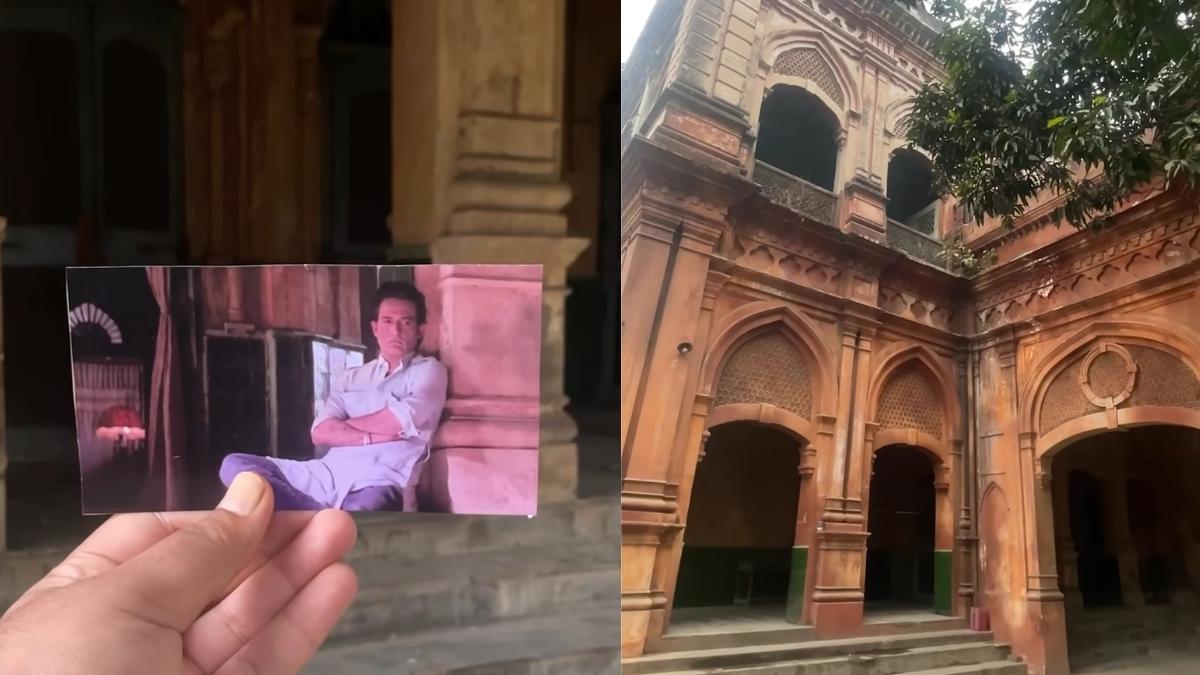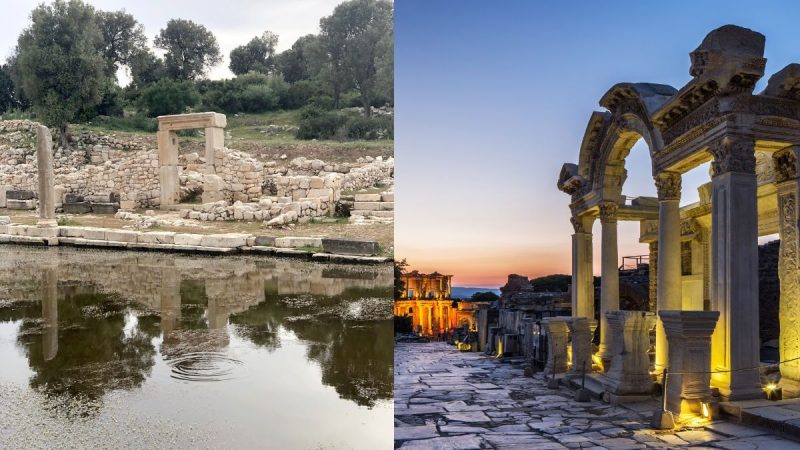Turkey is a country with rich cultural and historical significance. It has many UNESCO World Heritage Sites, including ancient cities, archaeological wonders, stunning landscapes, and architectural marvels. These sites glimpse Turkey’s diverse heritage and its lasting contributions to human history. Let’s explore seven UNESCO World Heritage Sites in Turkey that showcase its rich and multifaceted past, inviting travellers to journey through time and culture.
1. Xanthos Letoon

Xanthos-Letoon, a UNESCO World Heritage Site in southwestern Turkey, showcases the ancient Lycian Civilization through its unique blend of Anatolian, Greek, Roman, and Byzantine influences. Xanthos features impressive funerary art. It served as a religious centre with temples dedicated to Leto, Artemis, and Apollo. This site is renowned for its monumental architecture and invaluable inscriptions, offering insights into Lycian culture and history.
2. Ephesus
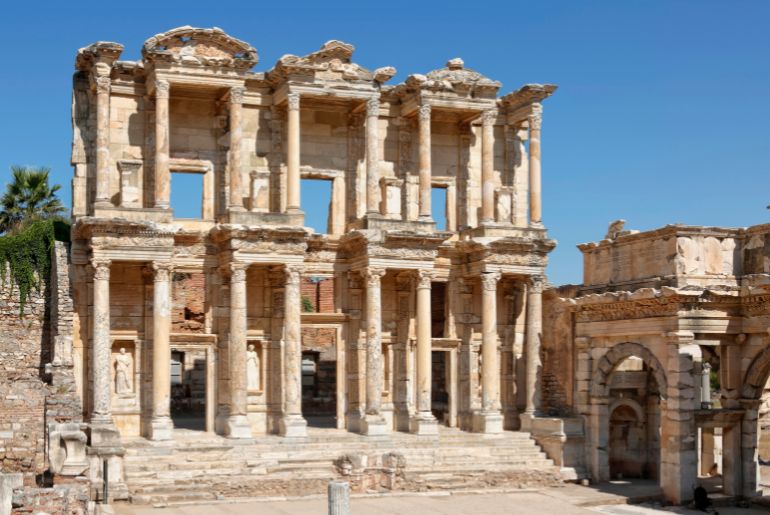
Ephesus, a former Roman port city on the River Kaystros estuary, is a treasure trove of Hellenistic and Roman ruins, including the Library of Celsus and the Great Theatre. While the Temple of Artemis is no longer standing, Ephesus remains a significant archaeological site and Christian pilgrimage destination, with the House of the Virgin Mary nearby.
3. Selimiye Mosque

The Selimiye Mosque in Edirne, a masterpiece of Islamic architecture, was designed by the renowned Ottoman architect Sinan in the 16th century. Its imposing dome, slender minarets, and exquisite interior decoration with Iznik tiles are beautiful and significant in the context of Islamic art and architecture. With its madrasas, covered market, clock house, outer courtyard, and library, the mosque complex is a testament to the functional spaces within a single institution, a true marvel of design and magnificence.
4. Hattusha

Hattusha, the Hittite Empire’s former capital in Northern Central Anatolia, is a notable archaeological and a UNESCO site in Turkey. It features intact temples, regal dwellings, and impressive gates like the Lions’ Gate, providing a window into Hittite culture and its historical significance.
Also Read: 6 Best Hotels In Maldives That Ensure An Unforgettable Tropical Escape
5. Nemrut Dag
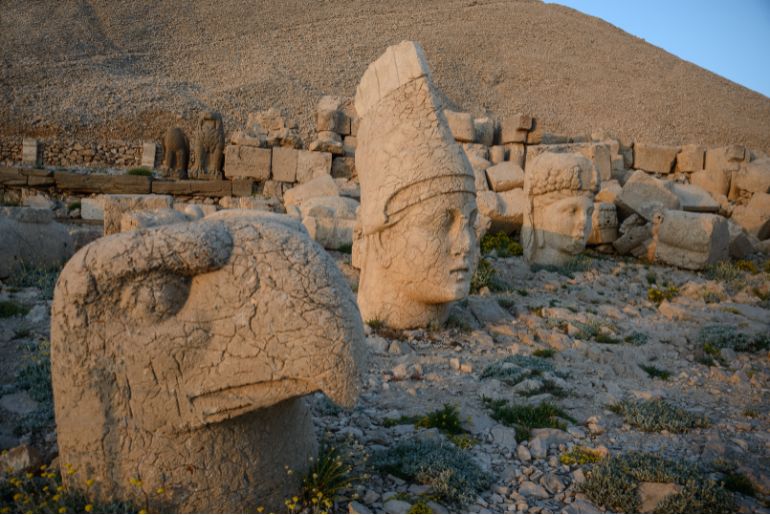
Nemrut Dag features five colossal limestone statues sculpted by King Antiochos I of Commagene during the late Hellenistic period as a grand monument to himself. The mausoleum of Antiochus I (69–34 B.C.), ruler of Commagene—a kingdom north of Syria and the Euphrates, is a remarkable achievement of Hellenistic architecture. It reflects the syncretism of its pantheon and cultural heritage, blending Greek and Persian influences through its lineage of kings.
6. Aphrodisias
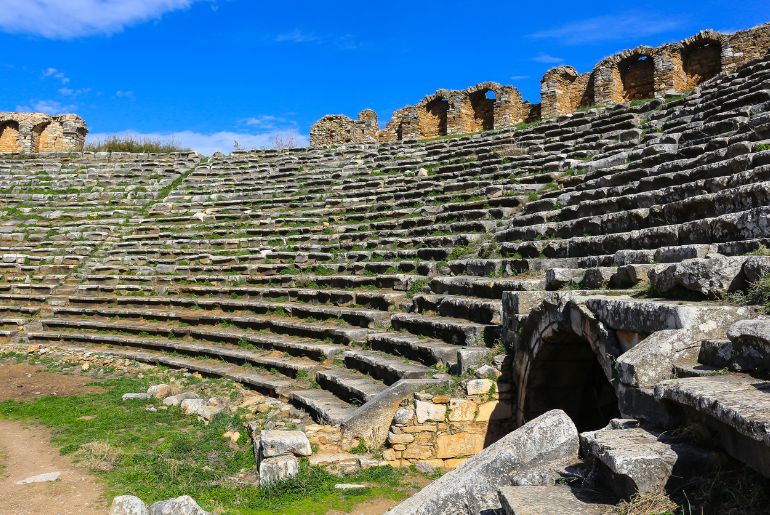
In southwestern Turkey, Aphrodisias features an archaeological site and marble quarries. The temple of Aphrodite was constructed in the 3rd century B.C., followed by a century of expansion for the city. Aphrodisias thrived on marble quarrying and sculptural art. Its urban layout includes temples, a theatre, an agora, and bath complexes arranged around civic structures.
7. Archaeological Site Of Troy

Troy is among the world’s most renowned archaeological sites and has a history that dates back to 4000 years. First discovered by Heinrich Schliemann in 1870 remains a significant testament to early interactions between Anatolian and Mediterranean civilizations. The legendary siege of Troy, immortalized in Homer’s Iliad and dated to the 13th or 12th century B.C., inspires artists worldwide.
From the ancient ruins of Xanthos Letoon and Ephesus to the Selimiye Mosque’s architectural splendour and Hattusha and Troy’s historical intrigue, each site tells a unique story of civilizations that have shaped Turkey’s landscape. These UNESCO sites preserve tangible remnants of the past and highlight Turkey’s legacy as a cultural and historical hub.
Cover Image Courtesy: Canva stock images
For more such snackable content, interesting discoveries and the latest updates on food, travel and experiences in your city, download the Curly Tales App. Download HERE.
First Published: July 01, 2024 9:24 PM



